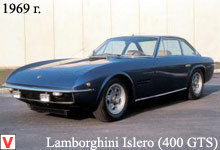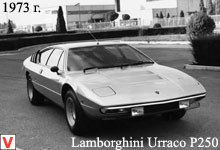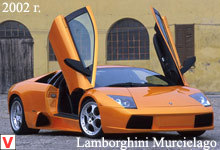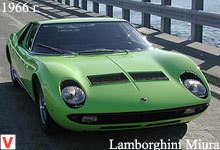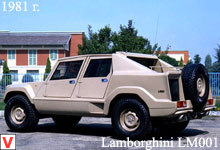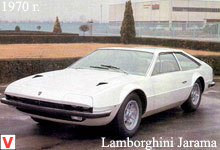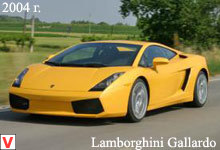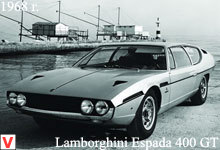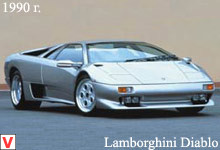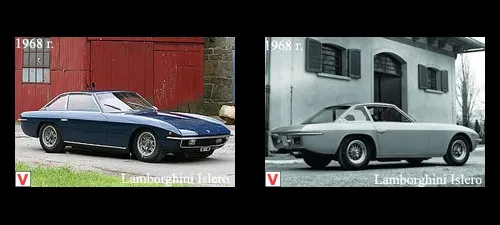
At the end of 1968, the Islero model premiered in Geneva. She replaced the Lamborghini 400 GT. The car got its name in memory of the famous fighting bull. Islero was an improved version of the 400GT (2 + 2).
It was equipped with a chassis that was almost identical in design to the 400GT (2 + 2), but a bit shorter and lighter. The body has developed a fundamentally new. The dimensions of the 2-door saloon increased by increasing the space for the rear seats. Inside, there was still enough room for four. Compared with its predecessors, the exterior of the Islero was distinguished by rougher and more angular forms, as well as retractable headlights with flaps closed from above. The most obvious external changes in the car include an enlarged air intake, an air vent behind the left window, and an electrically heated rear window.
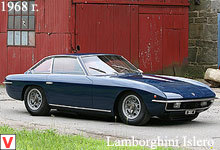
In the standard equipment Islero 400GT were added wheels made of magnesium alloy, Campagnolo design and fog lights placed on the front spoiler. Air conditioning in the cabin has become the norm. The car had excellent speed and dynamic characteristics and could compete with the best front-engine models Ferrari. The VI2 engine was slightly more powerful than the 400GT (2 + 2) 330 hp engine. instead of 320 hp The maximum speed was 265 km / h. Acceleration from 0 to 100 km / h: 6.2 sec. About 125 vehicles of this modification were assembled during the year. In the summer of 1969 another version of the Islero 400GTS was released.
First of all, the power of the car was increased to 350 hp. The car was equipped with a modified suspension and brakes. In addition, the salon has undergone changes. The dashboard has been completely redesigned. The old handle on the passenger side of the ball is replaced by a glove box.
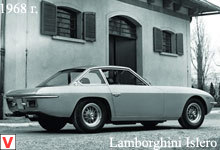
Comfort has been improved due to the increased size of the backs of the front seats and the installation of a retractable center armrest for rear passengers. According to some reports, the Islero 400GTS in the late 60s became the personal and favorite car of the founder of the company Ferruccio Lamborghini. During the year that this model was produced, about a hundred pieces were assembled. The last car left the factory on April 15, 1970.
Other images auto Lamborghini Islero
